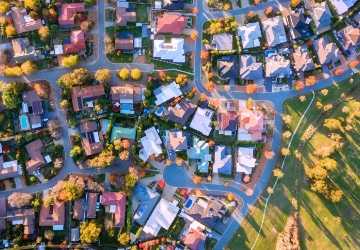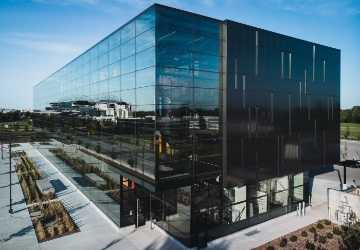Build-To-Rent Communities: A New Focus In Real Estate Development
Author: Tooba
The real estate landscape is evolving rapidly, with emerging trends reflecting changing demographics, lifestyles, and economic conditions. One of the most notable trends gaining traction is the rise of build-to-rent (BTR) communities. These developments fundamentally shift how people view renting and ownership, offering innovative solutions to modern housing needs. This article delves into the essential aspects of build-to-rent communities, examining their design, benefits, challenges, and prospects in 2024.
Understanding Build-To-Rent Communities
Build-to-rent communities are residential developments designed to be rented out rather than sold. Unlike traditional rental units, often older properties or units within mixed-use developments, BTR communities are purpose-built from the ground up. This dedicated approach creates living environments designed with renters in mind, focusing on high-quality construction, modern amenities, and a sense of community.

Features Of Build-To-Rent Communities
BTR communities are characterized by several distinctive features that enhance the rental experience. These elements are not just about aesthetics; they reflect a broader understanding of what modern tenants value in their living spaces.
Thoughtful Design And Layout
One key differentiator of BTR communities is their intentional design. These developments typically incorporate open floor plans, high ceilings, and spacious living areas. Units often include modern kitchens with energy-efficient appliances, high-quality finishes, and ample storage. The layout of BTR communities encourages a sense of community while providing residents with the privacy and comfort they desire.
Comprehensive Amenities
BTR communities frequently boast various amenities that enhance the overall living experience. Standard features may include fitness centres, swimming pools, communal gardens, and co-working spaces. Such amenities foster a sense of belonging and encourage social interaction among residents. This communal aspect especially appeals to younger renters, who may seek a vibrant, connected lifestyle.
Sustainable Living
Sustainability is a critical consideration in the development of BTR communities. Many developers are prioritizing eco-friendly construction methods, including the use of sustainable materials and the adoption of energy-efficient technologies. Features like solar panels, rainwater harvesting systems, and electric vehicle charging stations are steadily becoming the norm in contemporary developments. This focus on sustainability attracts environmentally-conscious renters and reduces operational costs for property owners in the long run.

Benefits Of Build-To-Rent Communities
The rise of build-to-rent communities offers numerous benefits for both developers and residents. Understanding these advantages underscores why this trend is quickly gaining momentum in the real estate sector.
Predictable Revenue Stream
For developers and investors, BTR communities present a more stable and predictable revenue stream than traditional rental properties. With purpose-built designs, these communities often have lower vacancy rates, attracting tenants drawn to the quality of living environments. This consistent demand leads to reliable income, making BTR developments an attractive investment option.
Tenant Satisfaction And Retention
The focus on high-quality living experiences within BTR communities contributes to increased tenant satisfaction. When residents feel comfortable and engaged in their living environment, they are more likely to renew their leases, reducing turnover rates and associated costs for property management. The combination of thoughtful design, community amenities, and a sense of belonging helps create an appealing atmosphere that encourages long-term residency.
Flexibility For Residents
BTR communities cater to the evolving needs of modern renters by offering various lease options and flexible terms. This flexibility allows residents to adapt to changing circumstances, whether pursuing new job opportunities or starting a family. As remote work becomes more commonplace, the ability to relocate without the burden of home ownership becomes increasingly valuable.
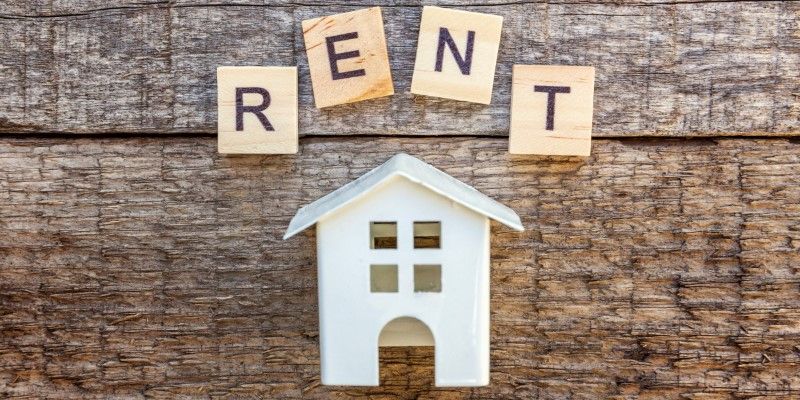
Challenges Facing Build-To-Rent Communities
While the BTR model presents numerous benefits, it has its challenges. Developers must navigate several obstacles to ensure the success of these communities.
Land Acquisition And Development Costs
One significant hurdle for BTR developers is securing suitable land for construction. In many urban areas, available land is scarce and often expensive. The cost of land acquisition and rising construction expenses can strain the financial viability of BTR projects. Developers must carefully assess the market and identify locations that balance affordability with demand to ensure the long-term success of their investments.
Regulatory Hurdles
BTR communities are subject to various regulations and zoning laws, which can differ significantly from one municipality to another. Developers may encounter challenges obtaining permits, adhering to local building codes, and navigating complex regulatory environments. Engaging with local authorities and communities early in development can help mitigate these issues.
Market Saturation
As the popularity of build-to-rent communities grows, developers must also be cautious of market saturation. Competition for tenants can intensify in areas where multiple BTR projects are under construction. To stand out in a crowded marketplace, developers must differentiate their offerings through unique amenities, targeted marketing strategies, and exceptional service.
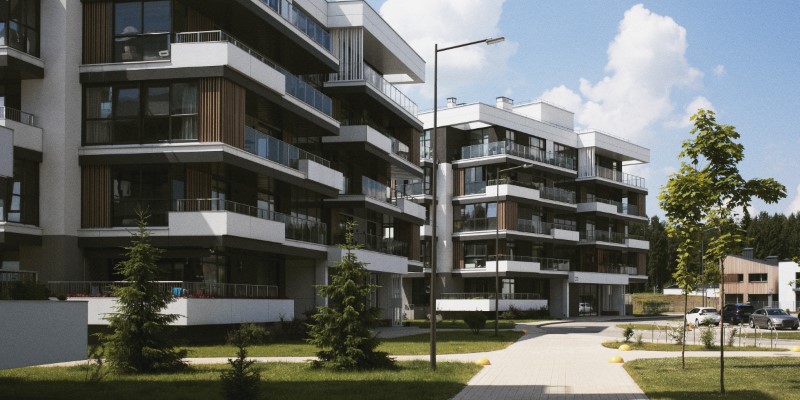
The Future Of Build-To-Rent Communities
The future of build-to-rent communities appears bright as they continue to evolve with shifting market dynamics and tenant preferences. Several trends are shaping the future landscape of BTR developments.
Emphasis On Technology Integration
As technology becomes increasingly integrated into daily life, BTR communities will likely embrace smart home features and digital amenities. Residents may expect automated lighting, heating, security systems, high-speed internet connectivity, and community apps that facilitate communication and social interaction among neighbours. These technological enhancements can significantly elevate the living experience.
Focus On Community Engagement
Developers recognize the importance of fostering a sense of community within BTR environments. Future developments may include more shared spaces, such as gardens, rooftop terraces, and communal lounges, where residents can interact and build relationships. Community events and activities can enhance engagement, promoting a vibrant living atmosphere that appeals to renters.
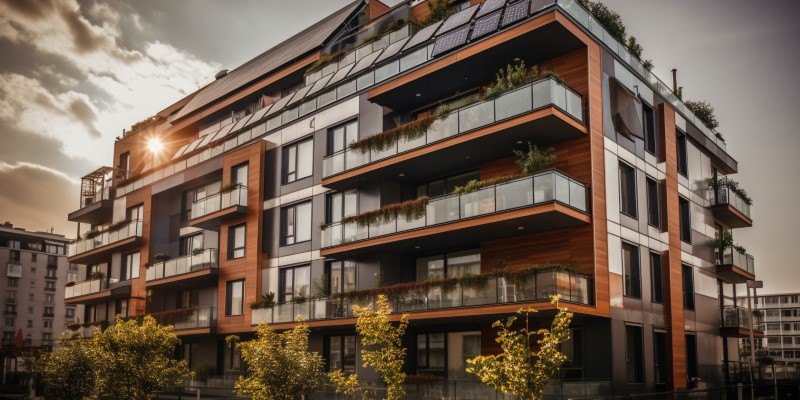
Conclusion
Build-to-rent communities represent a significant shift in real estate development, reflecting modern renters' evolving needs and preferences. By prioritizing thoughtful design, comprehensive amenities, and sustainable practices, these developments offer attractive housing options that cater to diverse lifestyles. While challenges such as land acquisition, regulatory hurdles, and market saturation remain, the future of build-to-rent communities is bright. As technology progresses and community engagement grows in importance, build-to-rent developments will remain essential in addressing the housing needs of the 21st century. The evolution of this model underscores the need for innovative thinking in real estate development, promising a new era of rental living that prioritizes quality, flexibility, and community.
